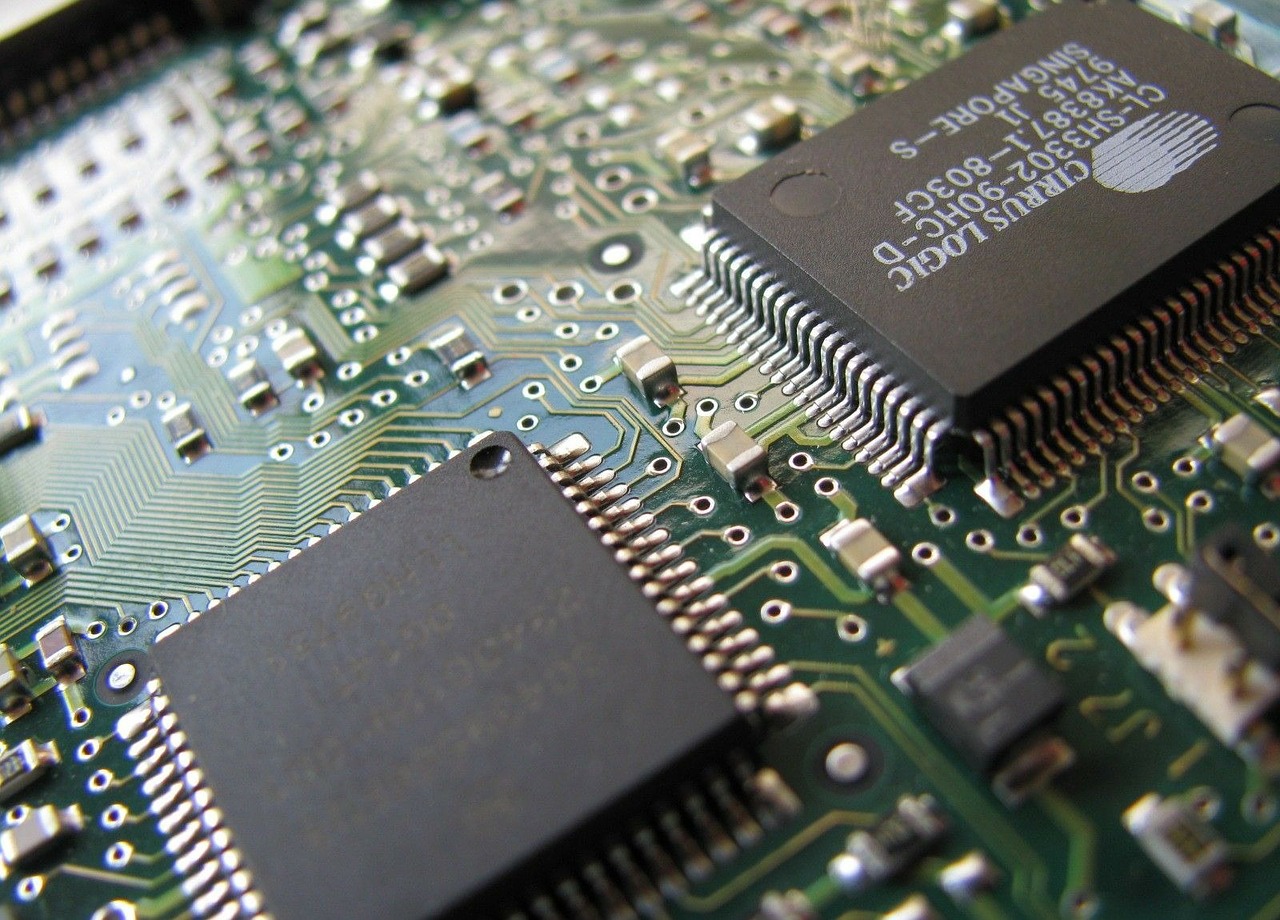MADEin4: digital twinning and predictive maintenance for industry
 The European MADEin4 project was launched in April 2019 for a three-year period. It aims to help semiconductor manufacturers and equipment suppliers play an active role in the continuous improvement of their equipment. How? By relying on new digital twinning and predictive maintenance technologies. Agnès Roussy and Valéria Borodin, research professors at Mines Saint-Étienne, a member of the MADEin4 project, explain the context that gave rise to this project and discuss the scientific hurdles to overcome.
The European MADEin4 project was launched in April 2019 for a three-year period. It aims to help semiconductor manufacturers and equipment suppliers play an active role in the continuous improvement of their equipment. How? By relying on new digital twinning and predictive maintenance technologies. Agnès Roussy and Valéria Borodin, research professors at Mines Saint-Étienne, a member of the MADEin4 project, explain the context that gave rise to this project and discuss the scientific hurdles to overcome.
What was the context for developing the MADEin4 project?
Agnès Roussy: The MADEin4 project (Metrology Advances for Digitized ECS Industry 4.0) is an ECSEL project (Electronic Components and Systems for European Leadership). Its aim is to support and bring together the semiconductor industry in Europe in the transition to digital technology.
What is the overall goal of this project?
Valéria Borodin: To increase production output without affecting reliability levels in the manufacturing of electronic devices, the quality of which must comply with the increasingly demanding requirements of the highly competitive semiconductors market.
And how are you going about this?
AR: In order to improve productivity and facilitate the integration of digital technology into the organization of manufacturing processes for semiconductor and equipment manufacturers, going beyond the state of the art, the project will rely on an Industry 4.0 approach. To do so, two complementary boosters will be leveraged in the development of a pilot line: a physical accelerator based on next-generation metrology and inspection equipment for the microelectronics industry; and a digital accelerator – the digital twin (see box) – integrating artificial intelligence technology to improve output and equipment performance prediction.
[box type=”shadow” align=”” class=”” width=””]
 The technique of digital twinning is used by manufacturers to monitor the operational status of their equipment (manufacturing, metrology, inspection). Digital twins of physical equipment are used. They evolve over time using data collected by sensors to measure the health status of equipment in order to prevent or anticipate breakdowns.[/box]
The technique of digital twinning is used by manufacturers to monitor the operational status of their equipment (manufacturing, metrology, inspection). Digital twins of physical equipment are used. They evolve over time using data collected by sensors to measure the health status of equipment in order to prevent or anticipate breakdowns.[/box]
What technological and scientific challenges do you face?
VB: The development of digital twins and simulation models for managing and coordinating a production unit at different levels of decision-making poses a number of challenges, in particular, in terms of consistency of digital technology and decision-making across all industrial activities. In this regard, the help and expertise of semiconductor manufacturers and equipment suppliers (manufacturing and metrology) play a pivotal role in confirming the usefulness and industrial feasibility of the solutions we propose as academics.
How are Mines Saint-Étienne researchers contributing to the project?
AR: One of the research areas, in which Mines Saint Étienne’s Manufacturing and Logistics Sciences department (SFL) is primarily active, focuses on microelectronic manufacturing. This involves advanced process control, quantitative management of operations in the manufacturing process, and decision support at different levels (operational, tactical and strategic). As part of the MADEin4 project, we seek to explore opportunities and identify the limitations of new digital technologies in the intensive use and analysis of the massive quantities of data collected by inspection and metrology equipment.
Who are you partners for this project, and which collaborations are important for your work?
VB: The MADEin4 project brings together the expertise of 42 industrial and academic partners from 11 countries. Our key industrial partners for this project are STMicroelectronics in Rousset and Crolles. This project, among others, allows us to continue the long-standing, successful academic collaboration between the Manufacturing and Logistics Sciences Department at Mines Saint Etienne’s Provence Microelectronics Center (CMP) and the ST sites of Rousset and Crolles, who we’ve worked with for over 15 years. Many equipment suppliers are also involved in this project, so we’ll have the opportunity to work with them more closely on the equipment. And likewise for the academic partners involved: this European project will help foster new opportunities for collaboration through PhD theses or future calls for projects.
What are the expected benefits?
AR: The expected benefits of the MADEin4 project closely reflect the scientific and strategic priorities of Mines Saint-Etienne and the Provence Microelectronics Center (CMP), which promote a number of important topics: the industry of the future (Industry 4.0) and artificial intelligence (IA). Through the MADEin4 project, we seek to provide process control solutions for semiconductor manufacturers, explore opportunities for applications of digital twinning technology, strengthen the partnership with semiconductor manufacturers, and increase international recognition for the CMP on topics related to microelectronic manufacturing.
What are the important steps coming up for the project?
VB: The MADEin4 project started just over six months ago. This initial phase is exciting because everything seems to be possible. As for Mines Saint Étienne, the industrial data soon to be provided by the different partners will allow us to compare our research to the realities of industry. By the end of the first year, the research findings will be publicized through articles in international journals and presentations to the scientific communities involved.
Find out more about the MADEin4 project





Trackbacks & Pingbacks
[…] the context that gave rise to this project and discuss the scientific hurdles to overcome. Find more information here > Von admin|2020-10-29T15:28:31+01:00Oktober 29th, 2020|Allgemein, News|0 […]
Leave a Reply
Want to join the discussion?Feel free to contribute!